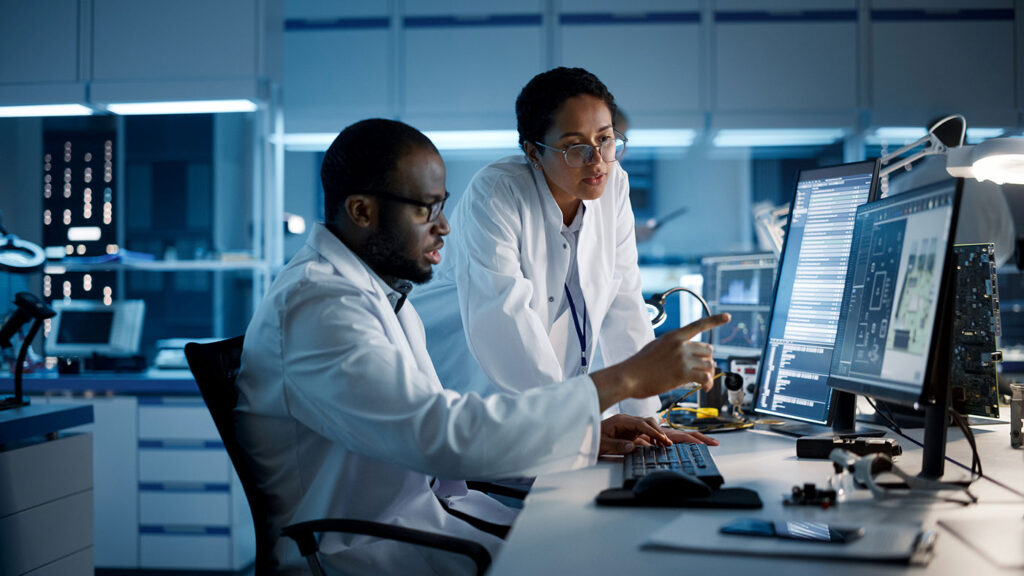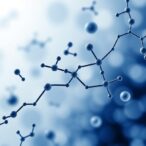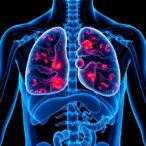Agentic AI is already making headway in business. Now, this next iteration of artificial intelligence is poised to transform biomanufacturing by overcoming challenges that, today, are insurmountable.
For biomanufacturing, agentic AI combines autonomy and automation in a system-wide platform that accesses sensor data throughout the process, compares values to accepted process parameters, and—importantly—orchestrates process optimization automatically, Seyed Soheil Mansouri, PhD, associate professor, Technical University of Denmark (DTU), tells GEN. This allows “more granular and autonomous process control and real-time optimization of complex systems,” he and colleagues wrote in a recent paper.
Mansouri, along with researchers from Novo Nordisk, Henkel, Boston Consulting Group, Zapata Computing, ORCA Computing, SiC Systems, and colleagues from DTU, designed an integrated systems feedback and control architecture that bridges the process simulation capabilities of digital twins with real-time execution. Dubbed SIC (for sense, infer, and control), this platform incorporates agentified models and sensors while keeping humans in the loop.
SIC emerged from the multiagent control system work that gave rise to Siri, co-author Christopher J. Savoie, PhD, CEO and co-founder of SiC Systems, tells GEN. Now, “The integration with modern supervisory control and data acquisition (SCADA) systems and advances in quantum and classical physical models and sensors allows us to do much more precise real-time control of chemical and biological manufacturing processes. Multi-agent intelligent systems with deep physics context will have a huge impact on automation and efficiency in the next generation of industrial engineering, ultimately leading to lower costs for biological and chemical products.”
Industry’s immediate challenge, he says, is that the standard procedures used for scale-up are limited by computational intensity and inadequate transferability of measurement technologies and scale-up strategies.
Currently, “Data at the plants is very fragmented. There is no orchestration across different sensors,” Mansouri continues. However, because the SIC infrastructure relies upon augmenting data from both hard and virtual sensors with AI agents, it can orchestrate sensor data and make ad hoc computations throughout a manufacturing facility. That makes it useful for process control, optimization, and scale-up.
Quantum computing methods
Applying quantum computing techniques to classical tools helps biomanufacturers “create entirely new biological sequences, optimize bioprocesses, generate predictive insights, and personalize biologics,” the team notes.
Going a step further, applying quantum computing to classical generative AI applications—which are grounded in physics to simulate real-world chemical and biological systems—can help capture natural quantum behaviors that are hard to simulate classically. “The strength of…quantum systems…stems from their ability to produce strongly correlated, non-uniform data that enable the models to learn natural correlations found in molecular distributions and bond formation dynamics,” Per Nyberg, chief commercial officer, ORCA Computing, elaborates.
Incorporating hybrid quantum-classical algorithms reduces the computational constraints associated with conventional methods, thus letting them tackle the “large-scale, dynamic, multiscale biological systems” found in bioprocessing today, Mansouri notes in another paper. In SIC, quantum algorithms explore combinational spaces and optimization, while classical algorithms optimize continuous variables.
Consequently, with SIC, “the AI is absolutely explainable. It is based on physical, chemical, and biological models of the system,” Mansouri stresses.
“The focus of research and development will be to deploy this agentic AI on SCADA systems and data acquisition infrastructure, so they can work together with digital twins to optimize the process and to detect anomalies.”



